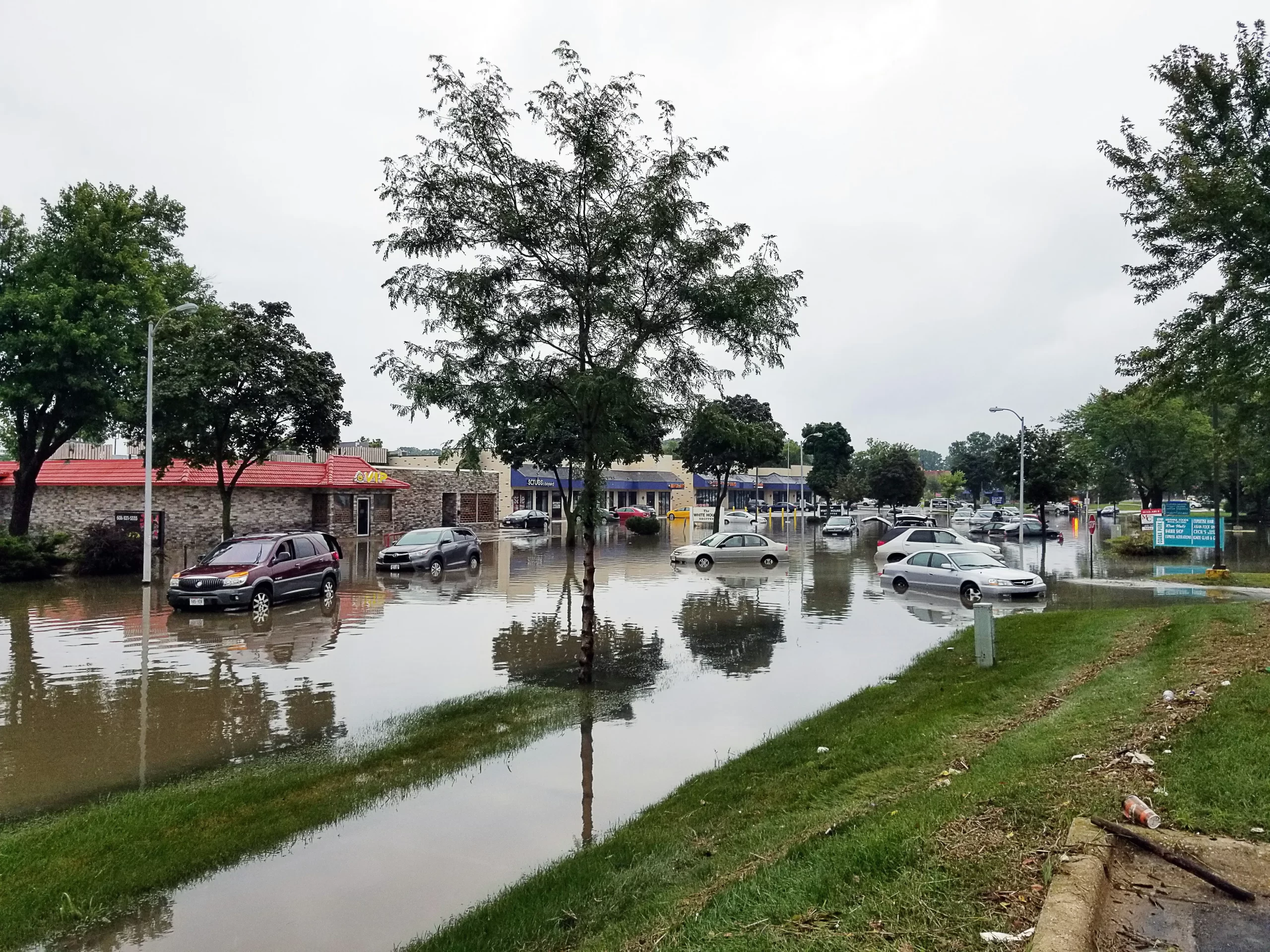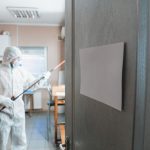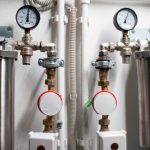Our Address:
Navigating the path from the initial detection of water damage through to a full restoration involves a series of critical steps. This process is designed to not only address the immediate effects of water intrusion but also to prevent future damage and ensure the safety and longevity of the property. Whether it’s due to natural disasters, plumbing failures, or HVAC issues, understanding this progression is key to effectively managing and overcoming water damage.
Water Damage Detection and Initial Assessment
Early Detection: The sooner water damage is detected, the easier it is to minimize its impact. Utilizing moisture detectors and regularly inspecting known risk areas can help catch issues early.
Professional Assessment: A comprehensive evaluation by water damage restoration professionals is essential to accurately assess the extent of the damage, identify the source of water intrusion, and develop a strategic plan for restoration.
Water Extraction and Drying
Immediate Water Extraction: Removing standing water is the first order of business. This step may involve submersible pumps, wet vacs, or specialized extraction units, depending on the volume and source of water.
Drying and Dehumidification: After water extraction, thoroughly drying out the affected areas is crucial. Industrial air movers, fans, and dehumidifiers are employed to eliminate moisture from materials and the air, preventing further damage and mold growth.
Cleaning and Sanitization
Cleaning: All affected surfaces must be cleaned to remove contaminants and debris brought in by the water. This step often requires professional-grade cleaning solutions and equipment.
Sanitization: Applying antimicrobial and antifungal treatments helps prevent mold and bacteria growth, ensuring the environment is safe for occupants.
Mold Remediation
Mold Inspection and Removal: If mold growth has occurred, it must be addressed promptly. Mold remediation involves removing mold-infested materials, cleaning surfaces with antimicrobial treatments, and taking steps to control moisture and humidity.
Restoration and Reconstruction
Structural Repairs: Repairing or replacing damaged structural elements is key to restoring the integrity of the building. This may include flooring, drywall, and other building materials.
Cosmetic Restoration: Once structural issues are addressed, cosmetic restoration can begin. This phase covers painting, carpeting, and other finishes to return the property to its pre-damage condition.
Final Evaluation and Preventative Measures
Final Inspection: A thorough inspection by restoration professionals ensures that all restoration work meets safety and quality standards and that the property is safe for reoccupation.
Preventative Planning: Implementing measures to prevent future water damage is an essential final step. This could include improving drainage, waterproofing basements, and regular maintenance of plumbing and HVAC systems.
Water damage, from detection to full restoration, demands a detailed and professional approach to ensure not only the immediate repair of the damage but also the long-term health and safety of the property and its occupants. By understanding and following these steps, property owners and managers can navigate the complexities of water damage restoration effectively, ensuring a swift return to normalcy while minimizing future risks.





